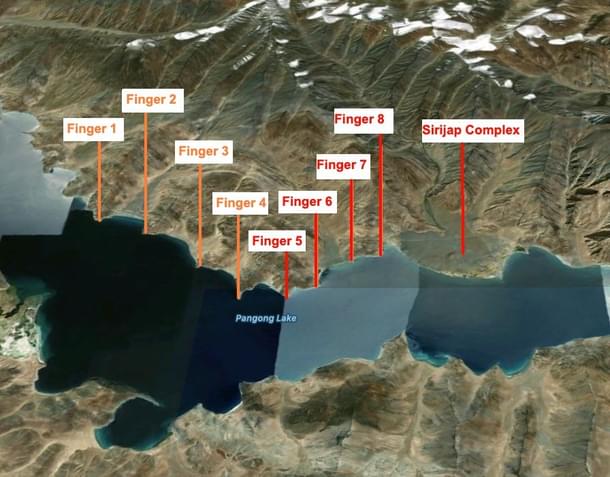News Brief
Indian-China Begin Disengagement In Eastern Ladakh: Here’s Everything We Know So Far
Prakhar Gupta
Jun 09, 2020, 09:57 PM | Updated 09:57 PM IST
Save & read from anywhere!
Bookmark stories for easy access on any device or the Swarajya app.
After military and diplomatic talks at multiple levels and nearly a month after the standoff started, India and China have begun the process of disengagement at three points in Eastern Ladakh’s Galwan Valley and the Hot Springs area.
Although there is no official confirmation, news reports say the two sides have pulled back troops and military equipment deployed at the points of standoff in the region by 2 to 2.5 kilometres. Reports suggest that China started withdrawing its forces yesterday (8 June) and India “reciprocated” to this move.
In the last military talks held in Demchok on 6 June, Lieutenant General Harinder Singh, the general officer commanding of Leh-based 14 Corps, had met the Commander of the Tibet Military District, Maj Gen Liu Lin.
By one account, the next step in the process of disengagement will see local army commanders from both sides meeting on the ground.
No disengagement has been reported at Pangong Tso, the area where clashes between Indian and Chinese forces were reported in early May.

Satellite pictures show the People’s Liberation Army has occupied the area between Finger 4 and 8 on the northern bank of the Pangong Lake.
High resolution satellite images via @Planetlabs & @AuroraIntel of the #PangongTso sector improve visualization of the stand off between #India-#China #IndiaChinaStandoff pic.twitter.com/reVNBLvpMJ
— d-atisâ ï¸ (@detresfa_) June 3, 2020
While India controls area till Finger 4 and claims that the Line of Actual Control (LAC) lies near Finger 8, China claims area till Finger 2 as its own. Before the standoff, Indian patrols were going up to Finger 8.
Following clashes in the finger area sometime around 5 May, China had started building up forces in the Galwan Valley and the Hot Springs area. It had reportedly moved troops, artillery guns and infantry combat vehicles close to the LAC. India had responded by deploying its forces and equipment in these areas.
In the Hot Springs area, satellite images posted by Open Source Intelligence handles on Twitter show, China had built up forces opposite an Indian base at Gogra. Analysts believe China did not cross the LAC in this area.
This confirms the earlier hypothesis, showing off road movement of vehicles (possibly tracked) in the #Gogra/#Hotpsrings area, the build up stayed in #China & did not enter #India as shown below
— d-atisâ ï¸ (@detresfa_) May 29, 2020
ðhttps://t.co/NFvd3gD5HY https://t.co/3AG08Vo13q pic.twitter.com/Mb6HWqwQH4
In the Galwan Valley, where India was reportedly building a feeder road from the recently completed Darbuk–Shyok–Daulat Beg Oldi highway towards its last patrolling point in the Galwan Valley, China built up forces on its side of the LAC.
At least one analysis based on satellite imagery says that the Chinese forces briefly crossed the LAC in the Galwan Valley area.
Prakhar Gupta is a senior editor at Swarajya. He tweets @prakharkgupta.





